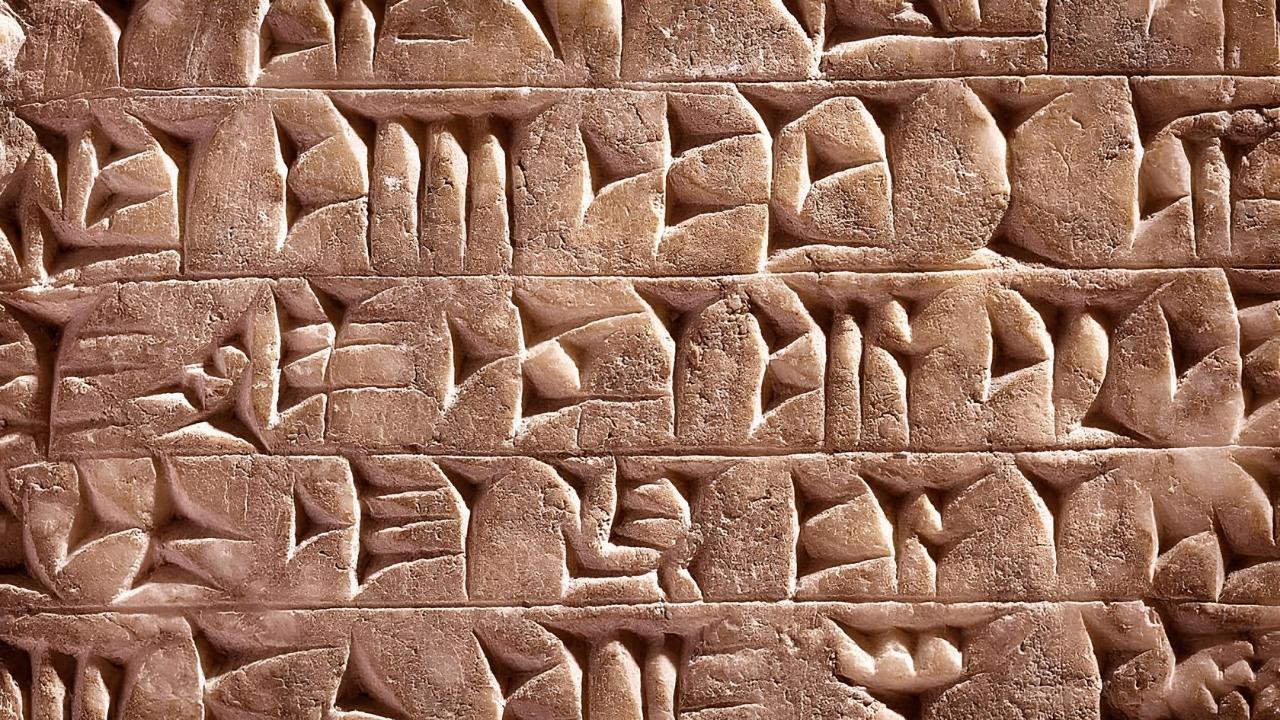
Ever wondered how writing began? The invention of writing marks one of humanity's greatest achievements. Writing transformed communication, allowing ideas to be recorded and shared across generations. Ancient civilizations like the Sumerians in Mesopotamia are credited with creating the first writing systems around 3400 BCE. They used cuneiform, a script made by pressing a reed stylus into clay tablets. Egyptians followed with hieroglyphics, while the Chinese developed their own characters. These early systems evolved, influencing countless cultures. From clay tablets to papyrus scrolls, writing materials also changed, making the spread of knowledge easier. Writing didn't just record history; it shaped it.
The Dawn of Writing
Writing is one of humanity's greatest inventions. It allowed us to record history, communicate complex ideas, and build civilizations. Here are some fascinating facts about the invention of writing.
-
The earliest known writing system is cuneiform, developed by the Sumerians around 3400 BCE. They used wedge-shaped marks on clay tablets.
-
Hieroglyphics were used by ancient Egyptians around 3200 BCE. These symbols represented objects, sounds, and ideas.
-
The Phoenicians created the first alphabet around 1050 BCE. This system influenced Greek and Latin scripts.
-
Chinese characters date back to the Shang Dynasty (1600-1046 BCE). These characters evolved from pictographs.
-
The Maya civilization developed a complex writing system around 300 BCE. They used glyphs to represent words and sounds.
Materials and Tools
The tools and materials used for writing have evolved significantly over time. Let's explore some of these changes.
-
Early Sumerians wrote on clay tablets with a reed stylus. The clay was then baked to preserve the writing.
-
Ancient Egyptians used papyrus, a plant-based material, for writing. They wrote with reed brushes and ink.
-
Parchment, made from animal skins, became popular in the ancient Mediterranean world. It was more durable than papyrus.
-
The invention of paper in China around 105 CE revolutionized writing. Paper was lighter and easier to produce than parchment.
-
Quills, made from bird feathers, were used as writing instruments in medieval Europe. They were dipped in ink to write on parchment or paper.
Writing Systems and Scripts
Different cultures developed unique writing systems and scripts. Here are some notable examples.
-
The Indus Valley Civilization had a script that remains undeciphered. It dates back to around 2600 BCE.
-
The Greek alphabet evolved from the Phoenician script around 800 BCE. It introduced vowels, making it more versatile.
-
The Latin alphabet, used in many modern languages, is derived from the Greek alphabet. It spread with the Roman Empire.
-
The Arabic script emerged in the 4th century CE. It is used in many languages, including Arabic, Persian, and Urdu.
-
The Cyrillic alphabet was created in the 9th century CE by Saints Cyril and Methodius. It is used in Russian and other Slavic languages.
The Impact of Writing
Writing has had a profound impact on human history and culture. Here are some ways it has shaped our world.
-
Writing allowed for the creation of laws and codes. The Code of Hammurabi, dating back to 1754 BCE, is one of the earliest examples.
-
Religious texts like the Bible, Quran, and Vedas were written down, preserving spiritual teachings for generations.
-
Writing enabled the recording of history. Ancient historians like Herodotus and Thucydides documented events for posterity.
-
The invention of the printing press by Johannes Gutenberg in the 15th century made books more accessible, spreading knowledge widely.
-
Writing has facilitated the development of science and philosophy. Great thinkers like Aristotle, Newton, and Einstein shared their ideas through written works.
Modern Writing and Technology
The digital age has transformed writing once again. Let's look at some modern developments.
-
The invention of the typewriter in the 19th century made writing faster and more efficient.
-
Word processors and computers revolutionized writing in the 20th century. They allowed for easy editing and formatting.
-
The internet has made writing more accessible. Blogs, social media, and online publications have democratized content creation.
-
E-books and digital libraries have made literature more accessible. Readers can now carry thousands of books on a single device.
-
Voice recognition software allows users to write by speaking. This technology has made writing more accessible to people with disabilities.
Fun Facts About Writing
Here are some fun and quirky facts about writing that you might not know.
-
The longest novel ever written is "In Search of Lost Time" by Marcel Proust. It has over 1.2 million words.
-
The quick brown fox jumps over the lazy dog is a pangram. It contains every letter of the English alphabet.
Final Thoughts on Writing's Origins
Writing's invention changed everything. From ancient cave drawings to modern alphabets, it’s been a wild ride. Early scribes in Mesopotamia, Egypt, and China laid the groundwork for communication as we know it. These pioneers used symbols and scripts to record history, laws, and stories, shaping cultures and civilizations.
Understanding writing's origins helps us appreciate its impact on our lives. It’s not just about words on a page; it’s about connecting people, preserving knowledge, and sparking creativity. Whether it’s a tweet or a novel, writing remains a powerful tool.
So next time you jot down a note or type a message, remember the journey writing has taken. It’s a testament to human ingenuity and our endless quest to communicate. Keep exploring, keep writing, and keep the story going.
Was this page helpful?
Our commitment to delivering trustworthy and engaging content is at the heart of what we do. Each fact on our site is contributed by real users like you, bringing a wealth of diverse insights and information. To ensure the highest standards of accuracy and reliability, our dedicated editors meticulously review each submission. This process guarantees that the facts we share are not only fascinating but also credible. Trust in our commitment to quality and authenticity as you explore and learn with us.
